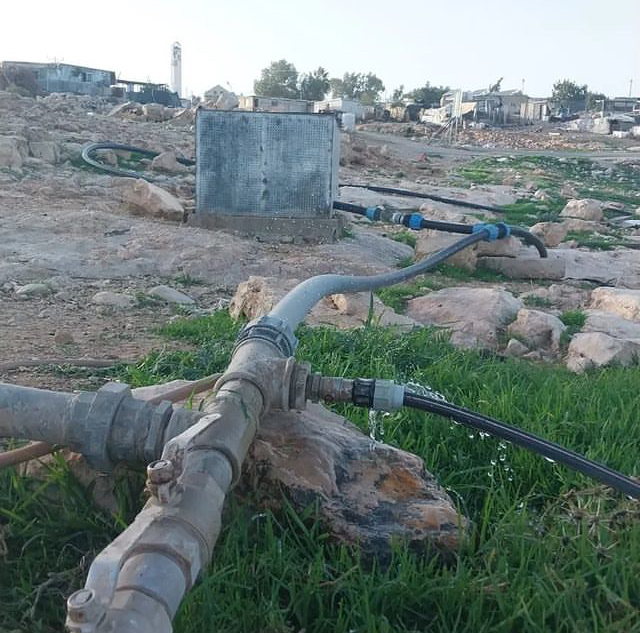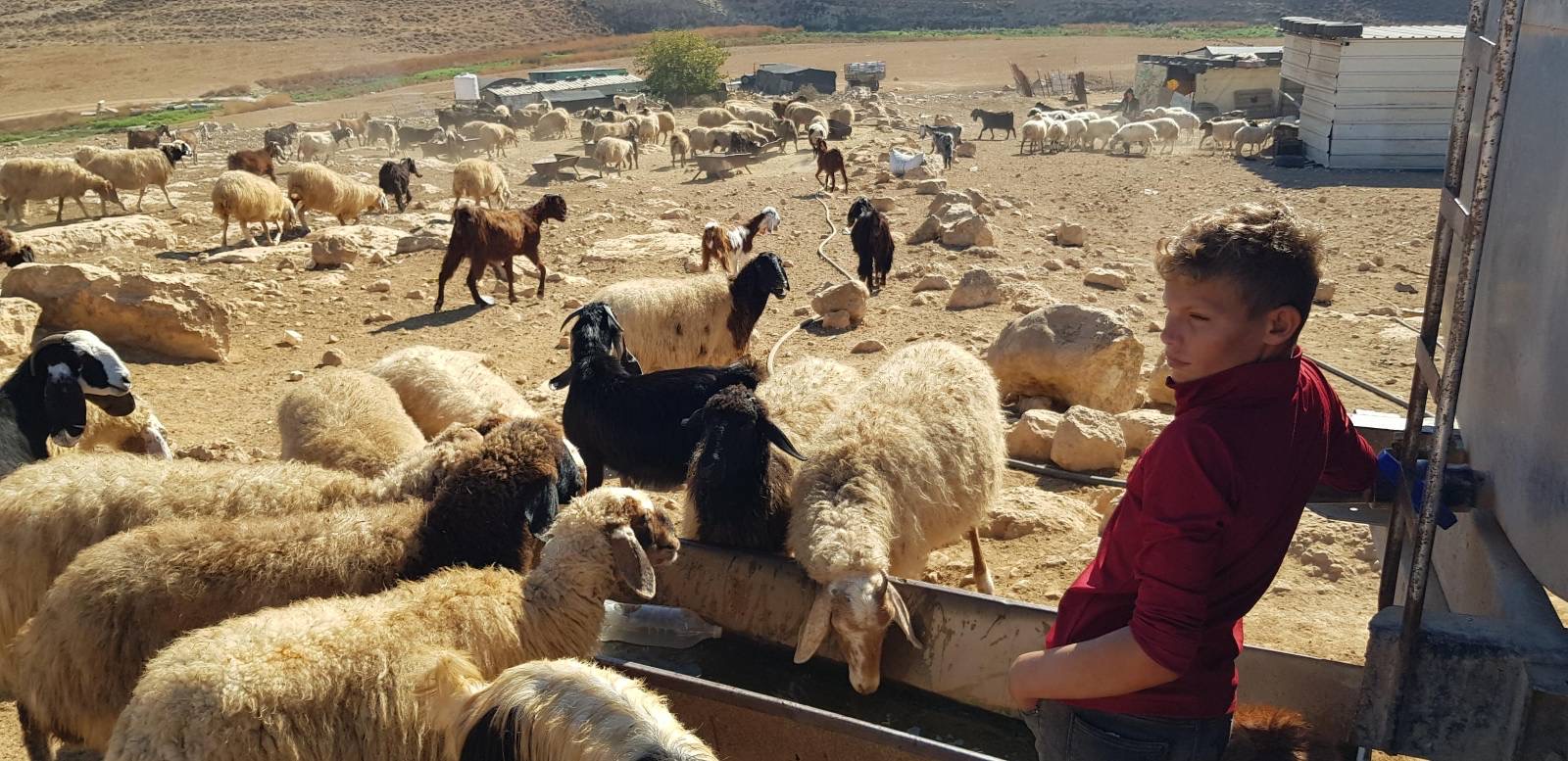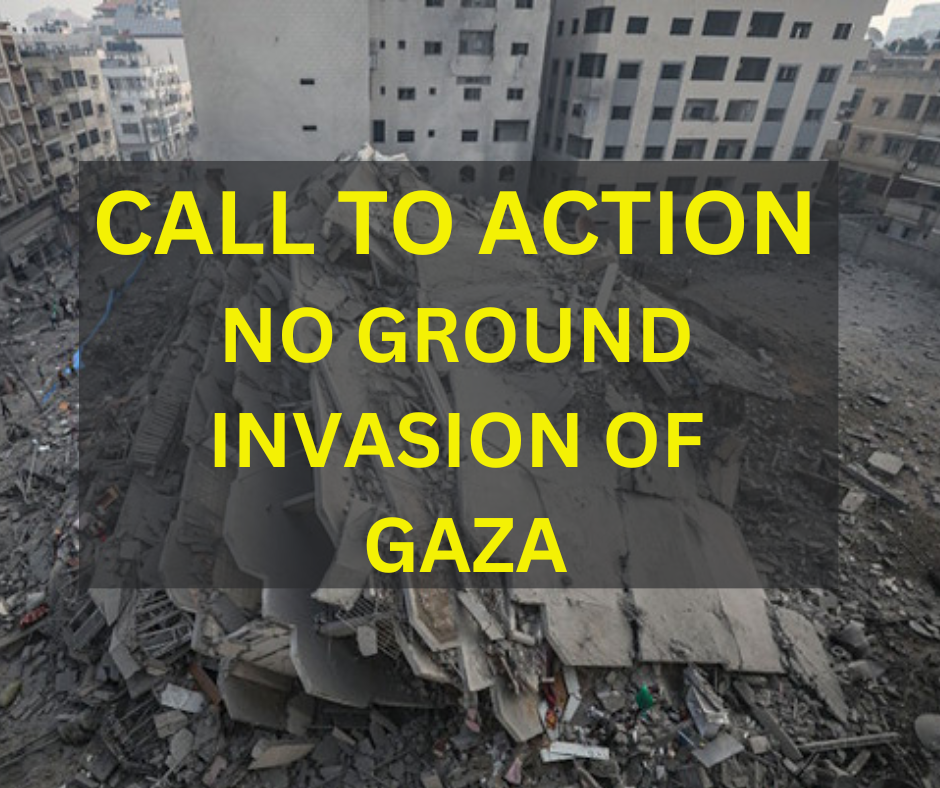Tag: Ethnic Cleansing
-
“Isn’t it enough?”: Water in Um Al-Khair
Villagers in Um Al-Khair have been repeatedly prevented from bringing their sheep to graze on the outskirts of the village. In one such incident several days ago, settlers attacked the Palestinian shepherds, and together with Israeli police and civil administration officials claimed that the village’s water infrastructure was on settler land, and threatened that the…
-
Wadi Tiran: Facing Ethnic Cleansing, Longing For Home
20 November 2023 | International Solidarity Movement | South Hebron Hills Wadi Tiran is a good example, and sadly one of many, of Israel’s big plan to make Palestine the land without people. Over the last month, the community of Wadi Tiran has been repeatedly “visited” by either settlers or soldiers, or both (since distinguishing…
-
CALL TO ACTION: No Ground Invasion of Gaza
13 October, 2023 | International Solidarity Movement Occupation forces have issued a 24-hour deadline for 1.1 million civilians in northern Gaza to evacuate to the southern parts of the besieged enclave. The demand for a harrowing evacuation of terrified civilians includes an order to clear out all UN workers from the area. This is obvious…



